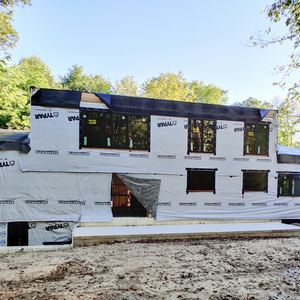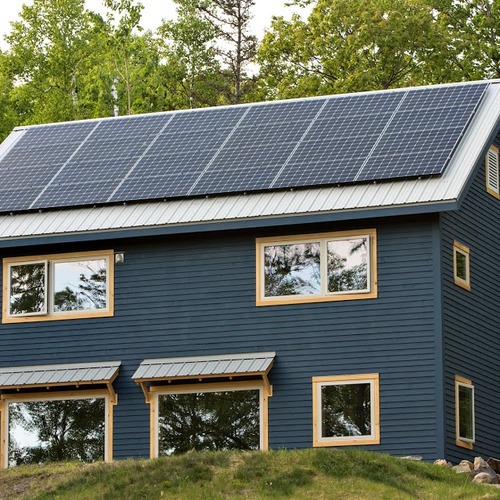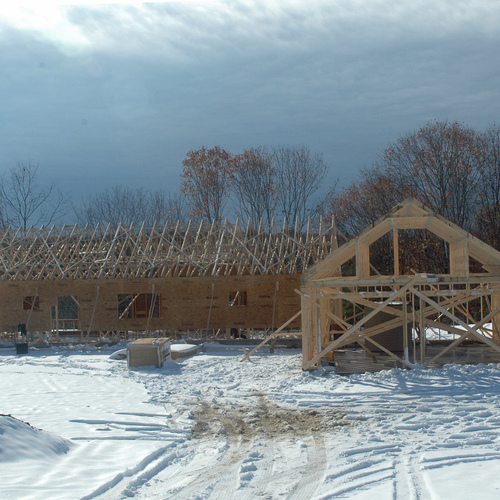
Image Credit: Erik Becker
Matt Mesa is looking ahead to retirement in a new, one-level house in Hood River, Oregon. It’s going to be a Pretty Good House, a phrase coined to describe a well-insulated house of an appropriate size.
The “pretty good house” approach usually calls for above-code levels of insulation, but stops short of the energy performance or airtightness requirements of the Passivhaus standard. Mesa wil be using the 10-20-40-60 rule of thumb for insulation, a formula describing, in order, the R-value of insulation beneath the slab, on foundation walls, on above-grade walls, and in the roof.
The floor plan of this 1,500-square-foot house will have a great room of roughly 700 square feet, along with kitchen, dining, and living areas, a master bedroom, and two smaller bedrooms.
Mesa has ruled out radiant-floor heat, at least for the main part of the house. But he’s thinking about a gas fireplace insert heater in the great room plus a single ductless minisplit head in a central location. His contractor suggests installing an air duct from a spot near the fireplace to the bedrooms.
So, he asks in a Q&A post at Green Building Advisor, what’s the best HVAC option for a house like this?
That’s the topic for this Q&A Spotlight.
It doesn’t matter what you use
GBA Senior Editor Martin Holladay thinks Mesa is focusing on the right thing: the building envelope. “The key is to create a very well insulated envelope with low levels of air leakage,” Holladay says, “and it sounds like you are doing that.”
And just about any kind of heating system will work, he adds, providing its designed and installed correctly. That might include a natural gas furnace, ductless or ducted minisplits, or a conventional…
Weekly Newsletter
Get building science and energy efficiency advice, plus special offers, in your inbox.

This article is only available to GBA Prime Members
Sign up for a free trial and get instant access to this article as well as GBA’s complete library of premium articles and construction details.
Start Free TrialAlready a member? Log in















0 Comments
Log in or become a member to post a comment.
Sign up Log in